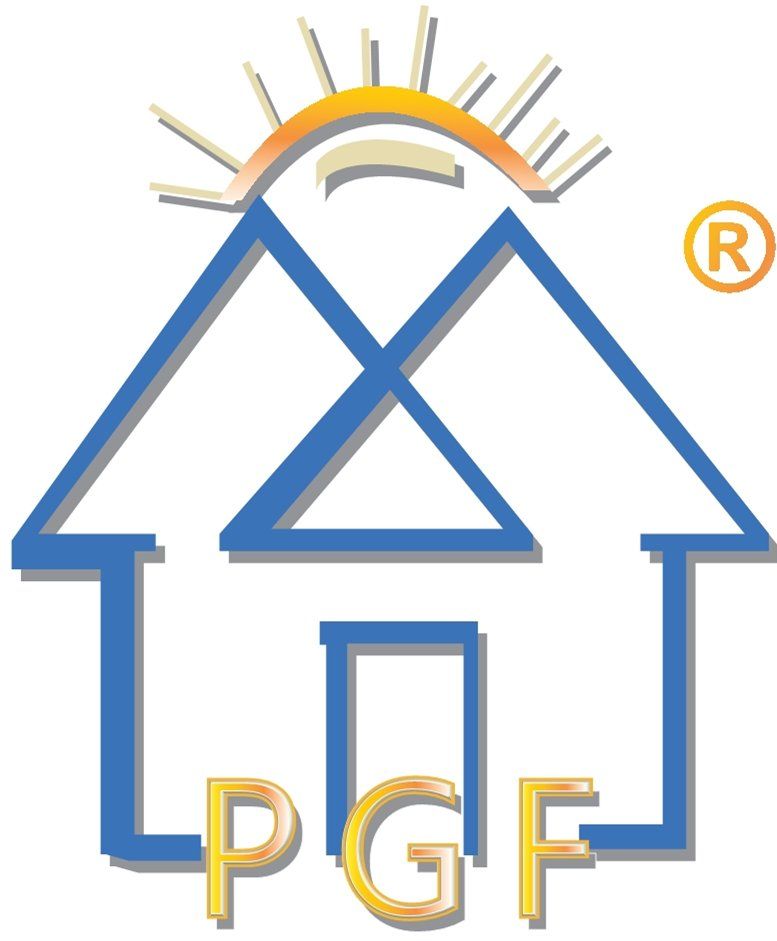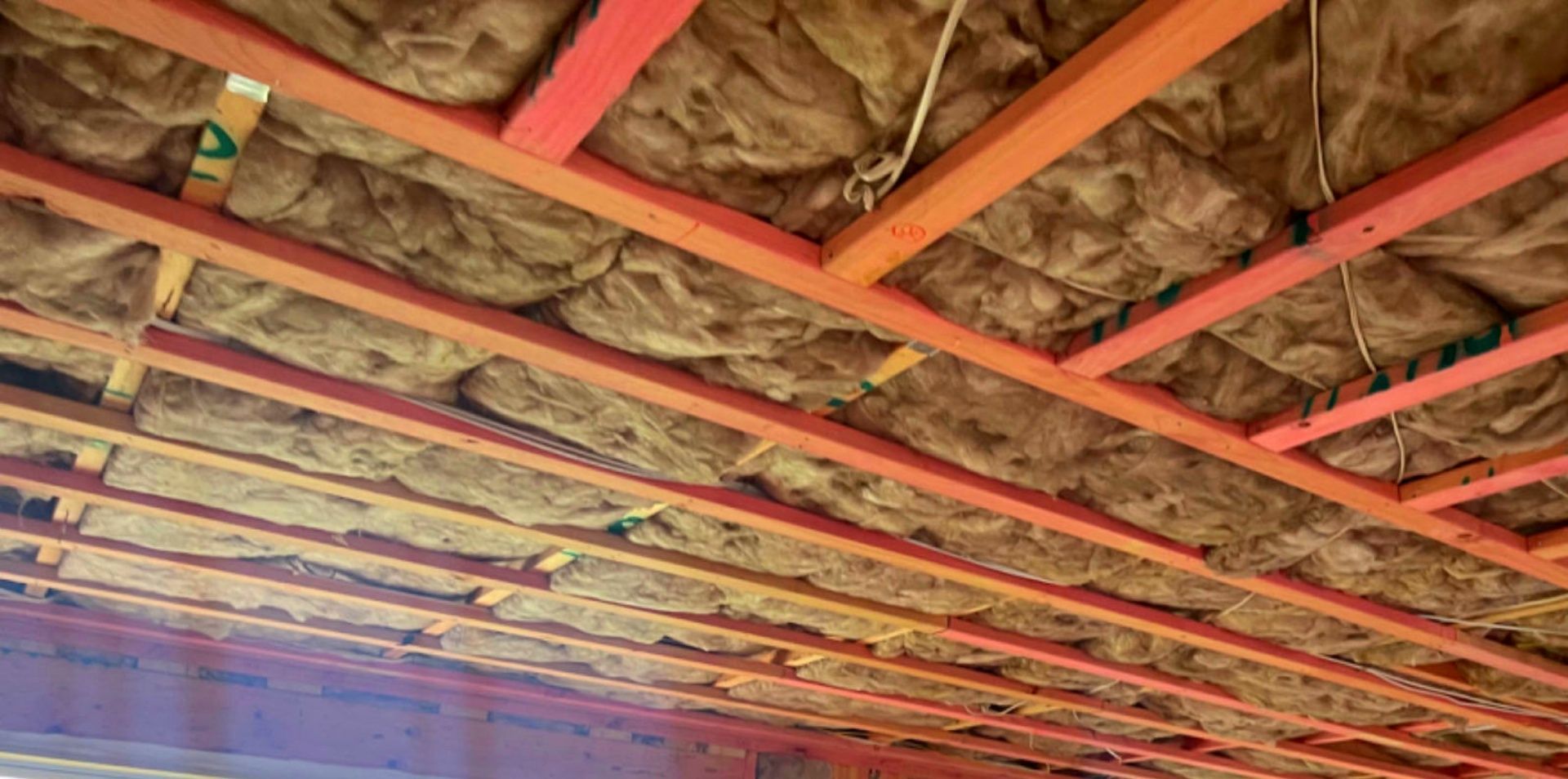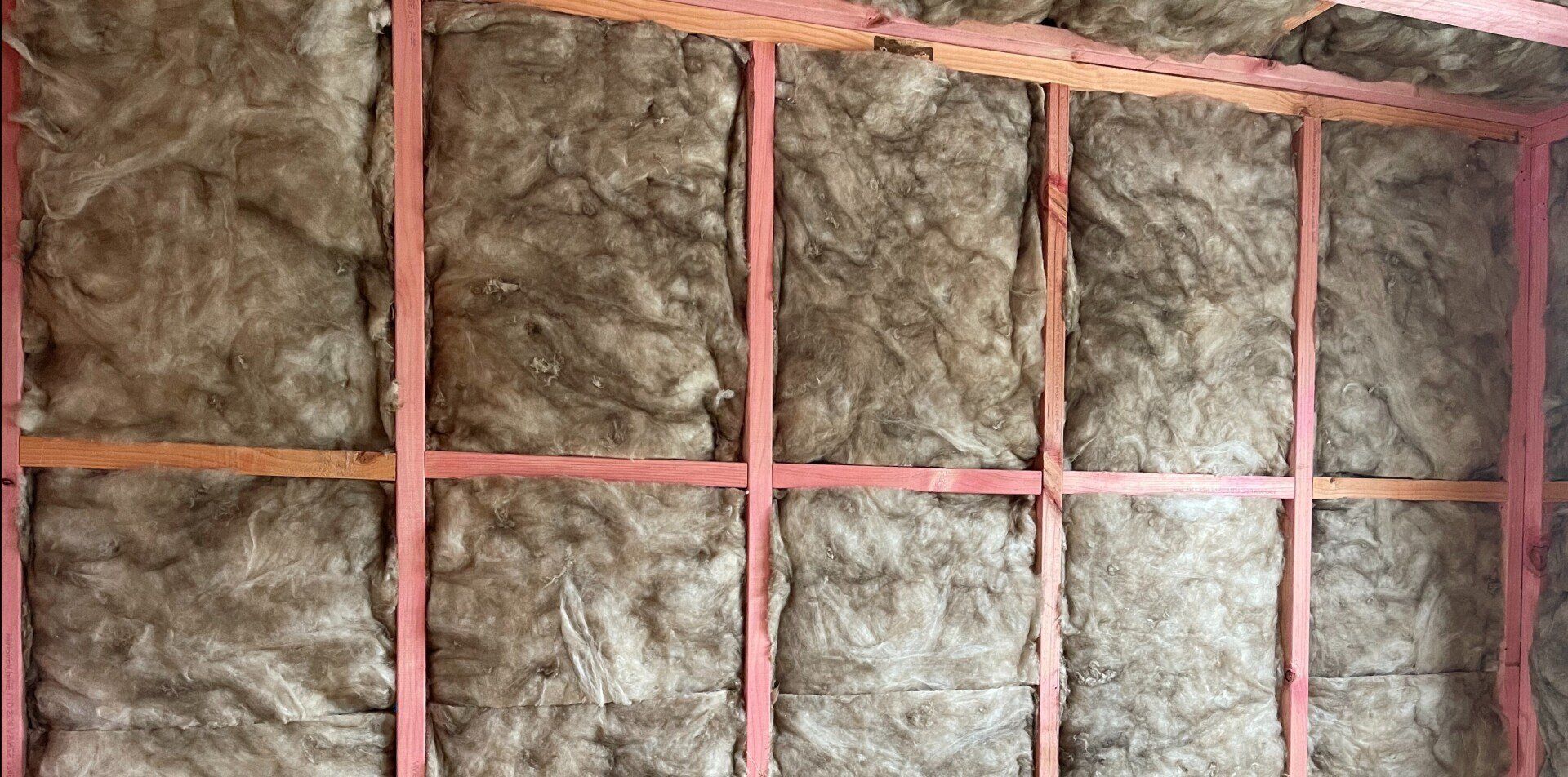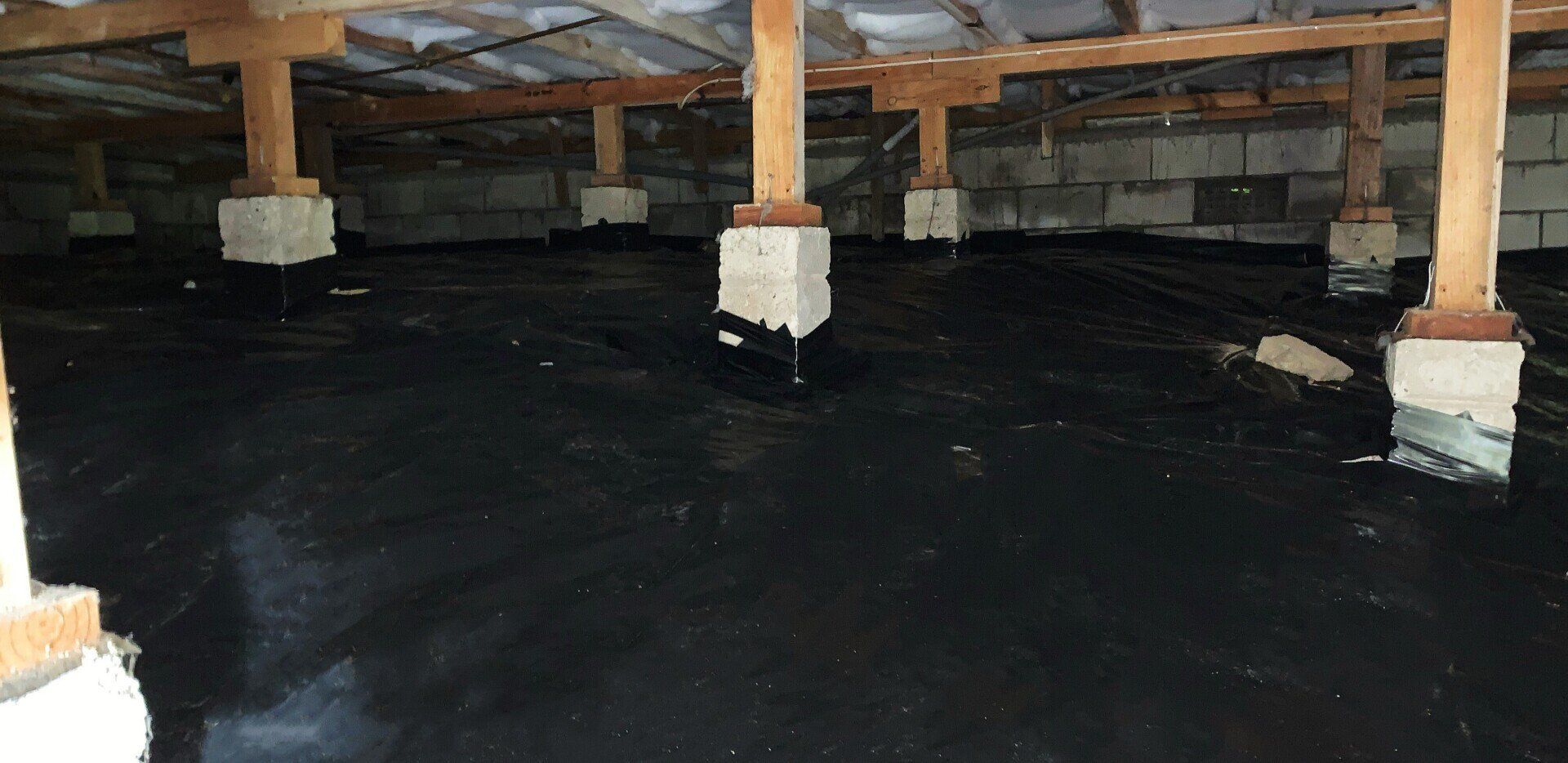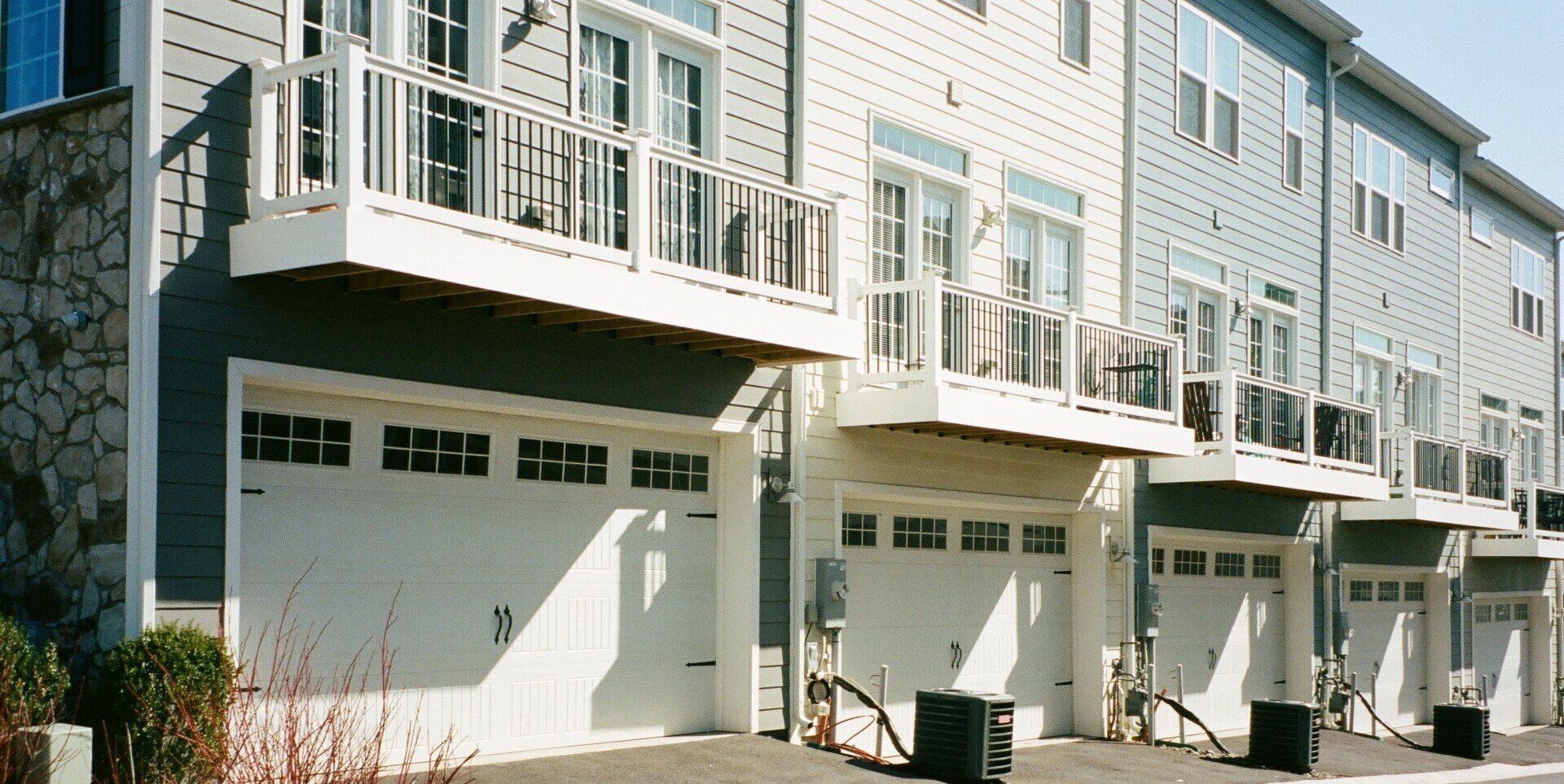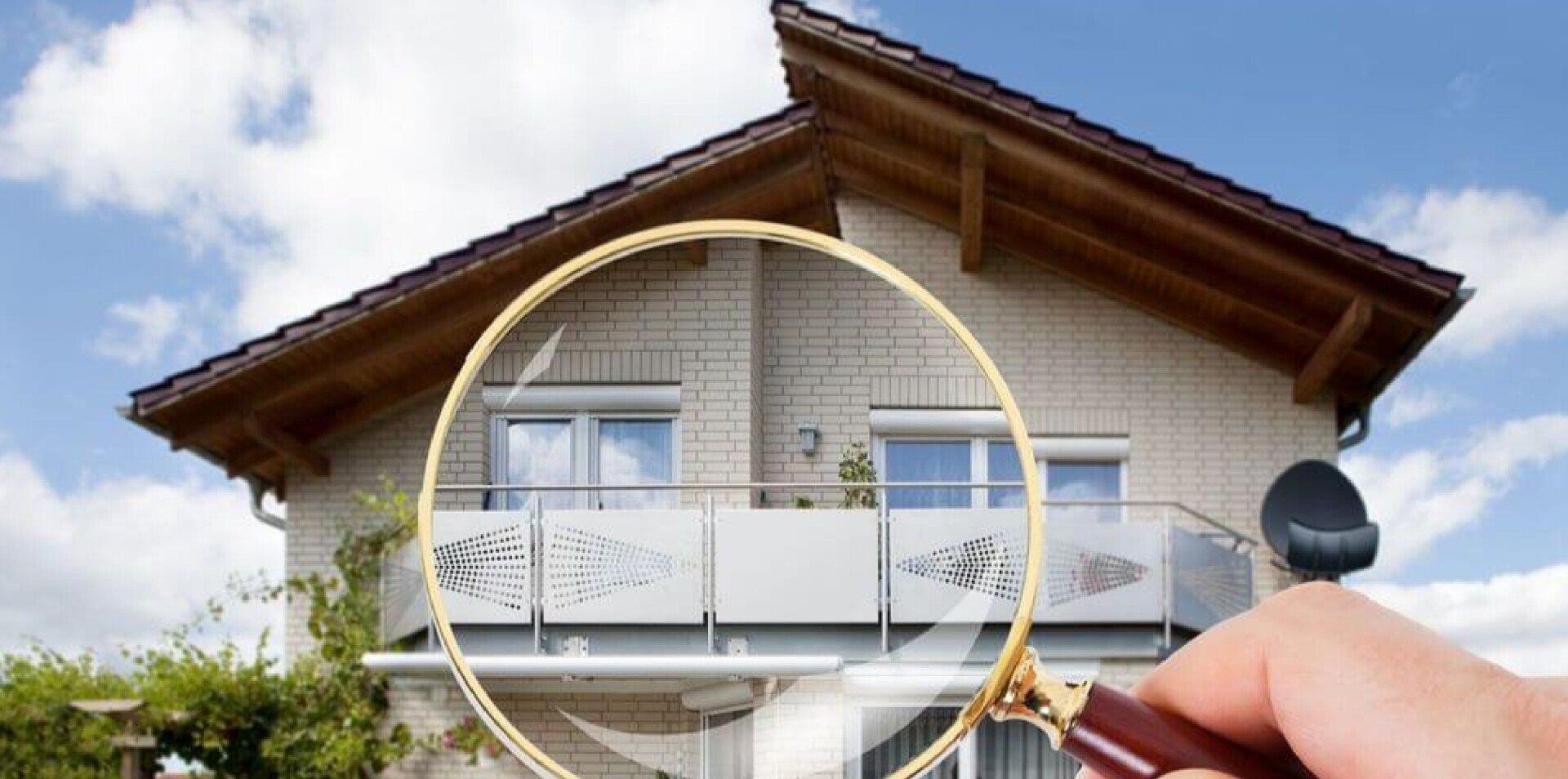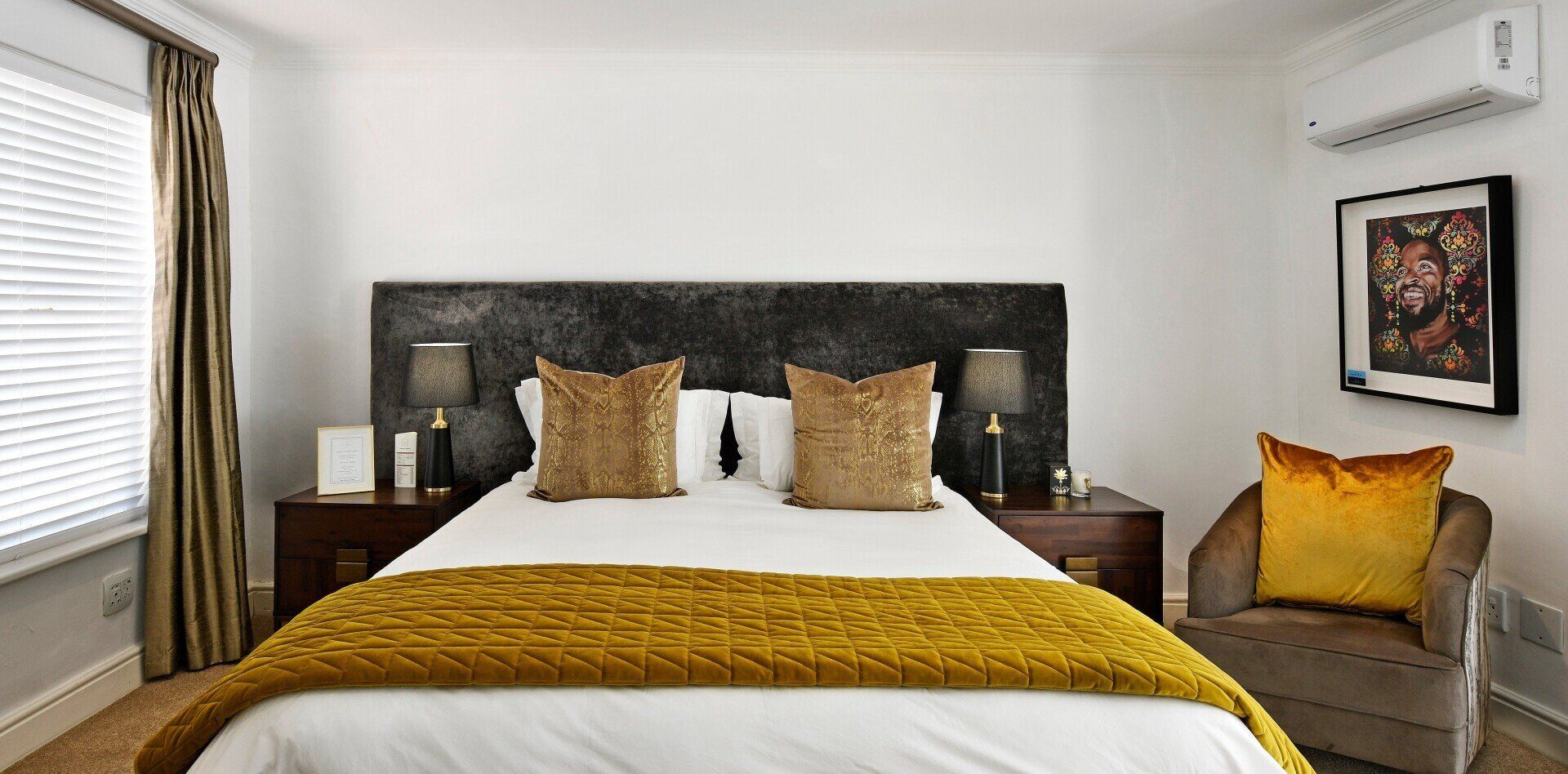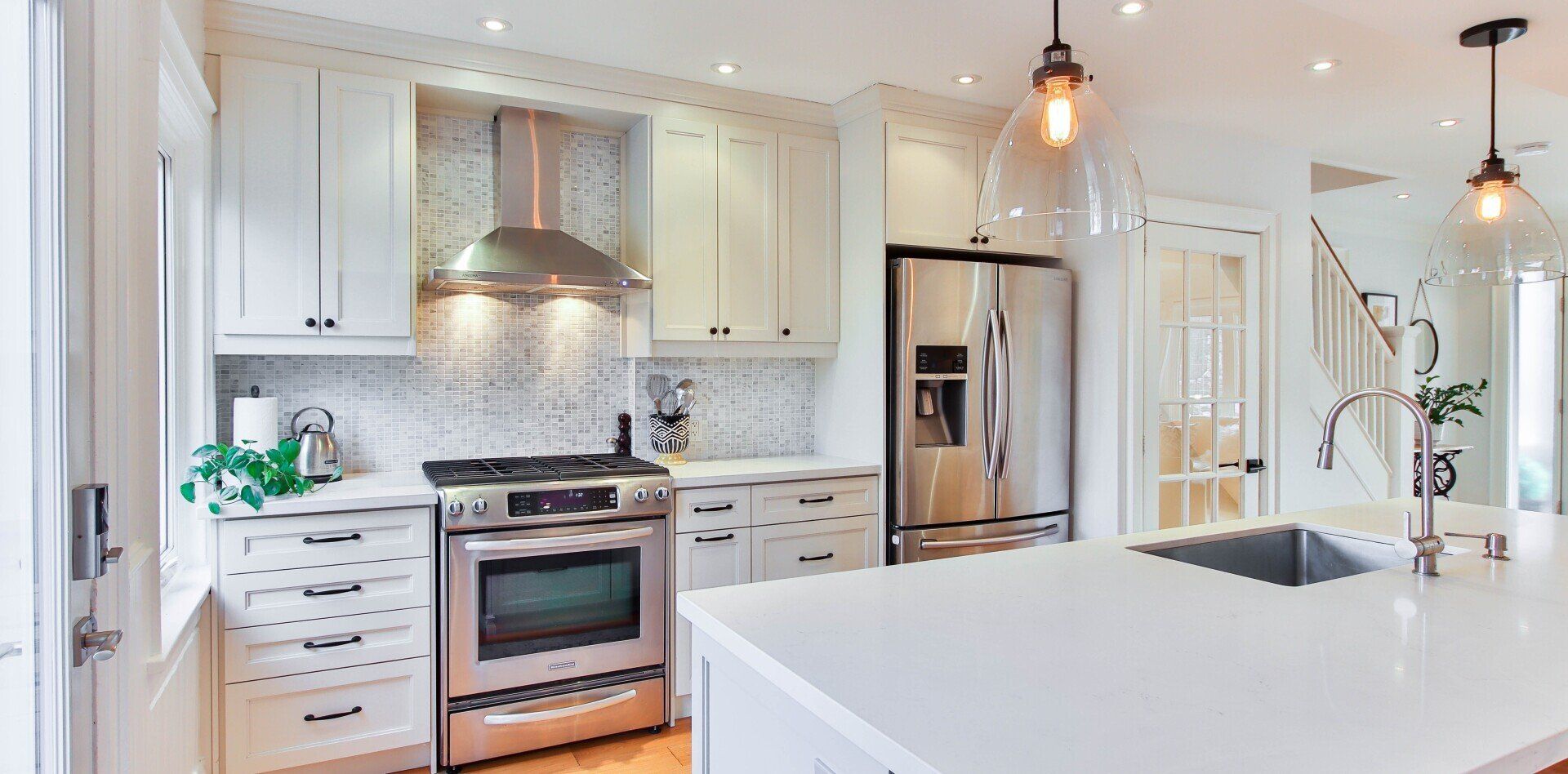All the services are available for New Building, including Residential and Commercial, Retrofit and Renovation.
About 35 percent of heat loss 1 from an average uninsulated home occurs through the ceiling.
The most common way to insulate the ceiling is to install insulation between joists, combined with slabs fit in the top – this eliminates thermal bridging, which is the heat escaping through the wooden joists.
1 The data is from www.smarterhomes.org.nz
Up to 25 percent of heat 1 from an average uninsulated home is lost through the walls. Once you have insulated your ceilings and under your floor, think about wall insulation. You should especially consider adding wall insulation when you are removing cladding or linings for any reason – it is the easiest and most cost-effective time.
The amount of insulation you can install may depend on the thickness of the walls and the size of the framing.
1 The data is from www.smarterhomes.org.nz
14 percent more heat loss 1 can occur through the floor of uninsulated houses.
Insulation should be used underneath suspended timber and suspended concrete floors, around the edge and underside of concrete floor slabs in new homes, and around the edge of concrete slabs in existing homes if possible.
1 The data is from www.smarterhomes.org.nz
Do not forget to lay a moisture barrier over the ground. BRANZ research has shown that 0.4 litres of water can evaporate from 1m² of ground in 24 hours – that is 60 litres per day on average for a 150m² house – it can damage your insulation, and cause dampness problems in your house.
According to the new Healthy Homes Standards, if the rental property has an enclosed subfloor, a ground moisture barrier must be installed if it is reasonably practicable to do so. All private rentals must comply within 90 days of any new or renewed tenancy after 1 July 2021, with all private rentals complying by 1 July 2024.
We provide Healthy Homes Assessment to identify if your rentals are compliant and could help you with the remedial work afterwards.
Important timeline that you should know
The healthy homes standards became law on 1 July 2019. All private rentals MUST comply within 90 days of any new or renewed tenancy after 1 July 2021, with all private rentals complying by 1 July 2024. All boarding houses must comply by 1 July 2021. All houses rented by Kāinga Ora (formerly Housing New Zealand) and registered Community Housing Providers must comply by 1 July 2023.
Want to have a warm winter and a cool summer? Air-conditioning could do that for you. Suitable air-conditioning not only provides you the comfort in your home, but also could reduce the energy bill. A great range of world-famous brands available, such as Daikin, Mitsubishi, Panasonic, Gree and Haier. Contact our experts today to get more information!
Ventilation is essential to a property. A good ventilation system could keep the house from mould and dampness. An extractor fan in Kitchen and bathroom is a MUST of all rentals, which could help the house being dry and healthy. Our experts could help to install a rangehood/fan for your kitchen and bathroom, whichever suits your condition.
